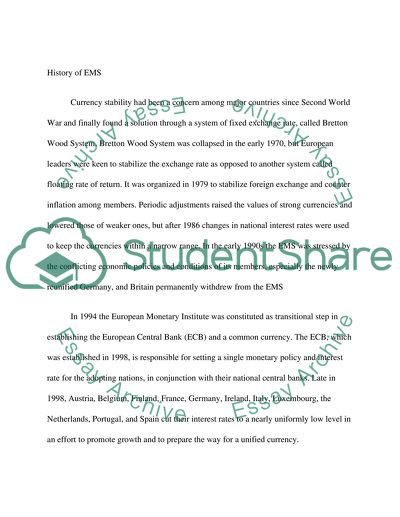Cite this document
(“International Economics: The Fundamental Objects of European Monetary Essay”, n.d.)
International Economics: The Fundamental Objects of European Monetary Essay. Retrieved from https://studentshare.org/macro-microeconomics/1503707-international-economics-high-school-essay
International Economics: The Fundamental Objects of European Monetary Essay. Retrieved from https://studentshare.org/macro-microeconomics/1503707-international-economics-high-school-essay
(International Economics: The Fundamental Objects of European Monetary Essay)
International Economics: The Fundamental Objects of European Monetary Essay. https://studentshare.org/macro-microeconomics/1503707-international-economics-high-school-essay.
International Economics: The Fundamental Objects of European Monetary Essay. https://studentshare.org/macro-microeconomics/1503707-international-economics-high-school-essay.
“International Economics: The Fundamental Objects of European Monetary Essay”, n.d. https://studentshare.org/macro-microeconomics/1503707-international-economics-high-school-essay.


